Species
Already know what you're looking for?
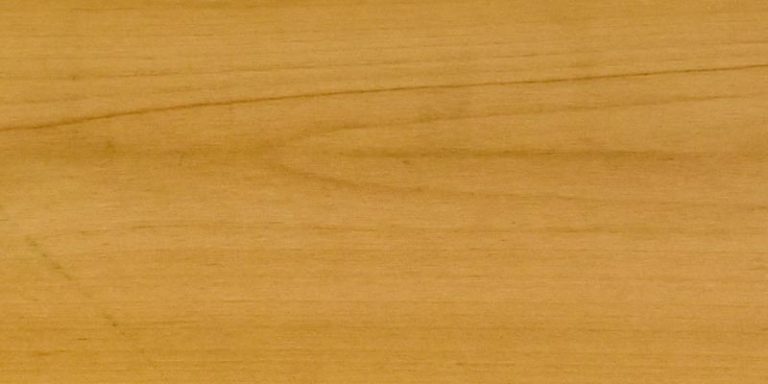
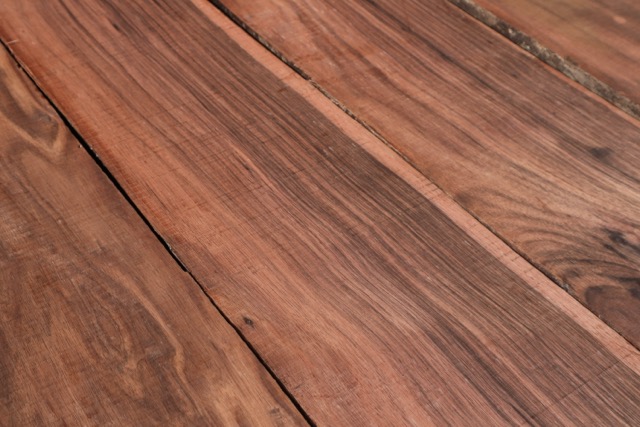
boxmaking, cabinetry, crafting, fine furniture, lutherie, musical Instruments, specialty items, turnings
Detail
Common Uses
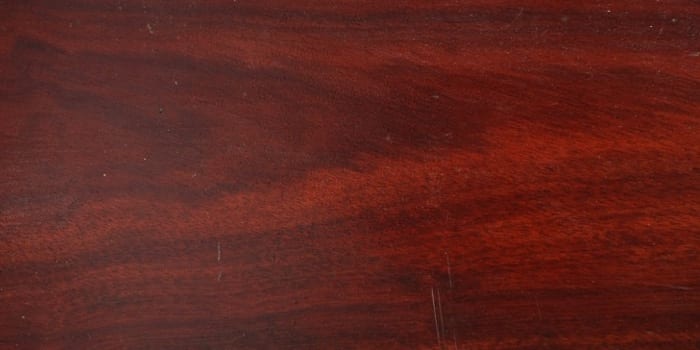
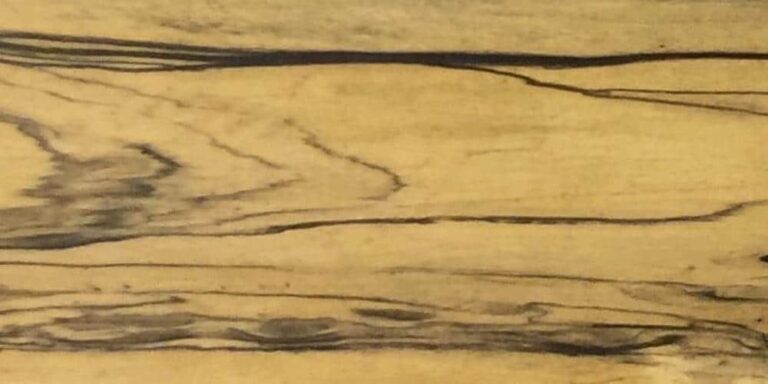
cabinetry, carving, furniture, inlay, lutherie, specialty items, trim, turnings
Detail
Common Uses
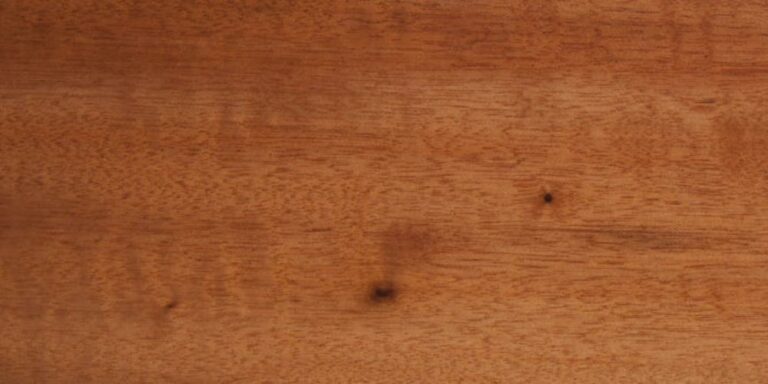
cabinetry, carving, flooring, furniture, lutherie, specialty items, turnings, veneer
Detail
Common Uses
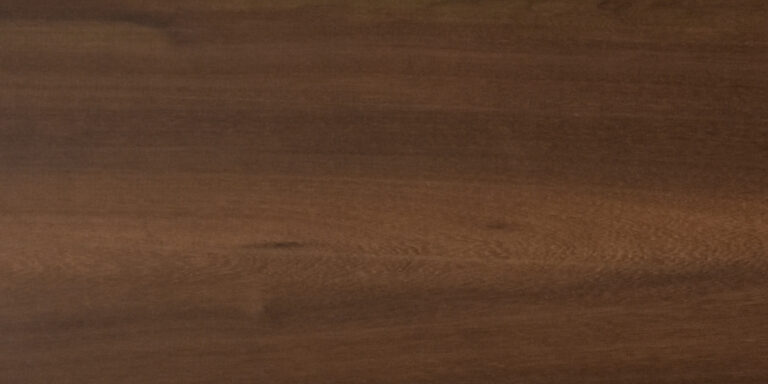
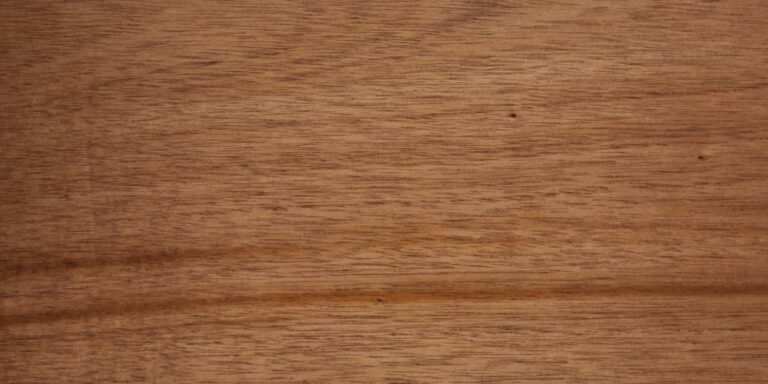
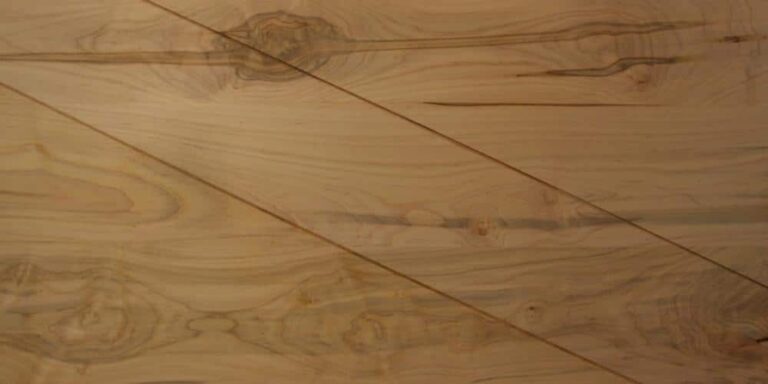
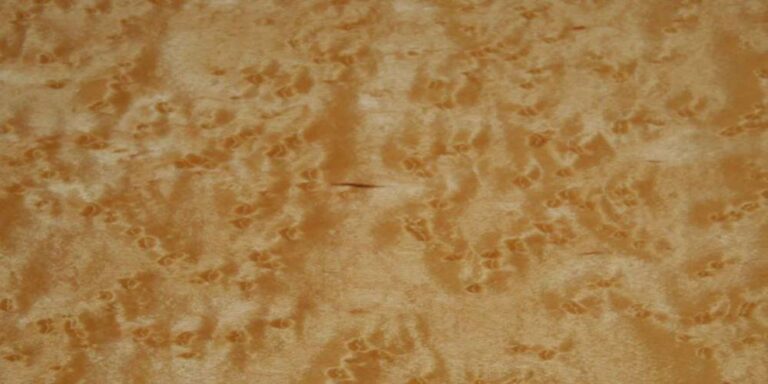
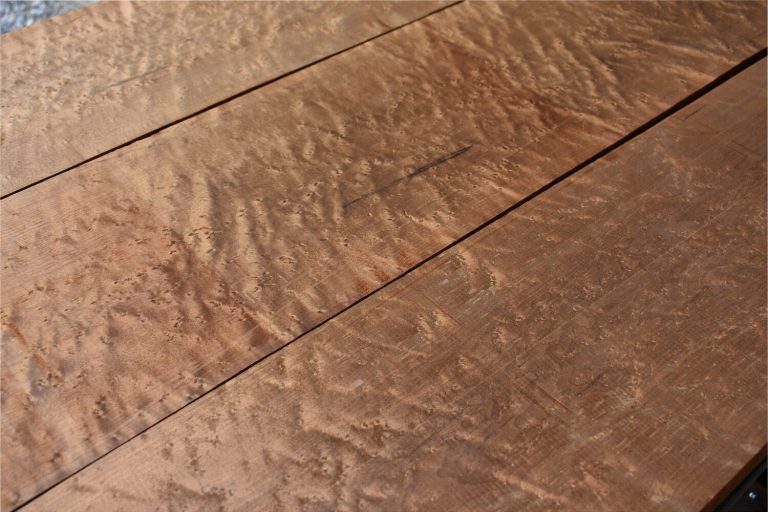
bandings, crafting, fine furniture, flooring, knife handles, lutherie, musical Instruments, specialty items
Detail
Common Uses
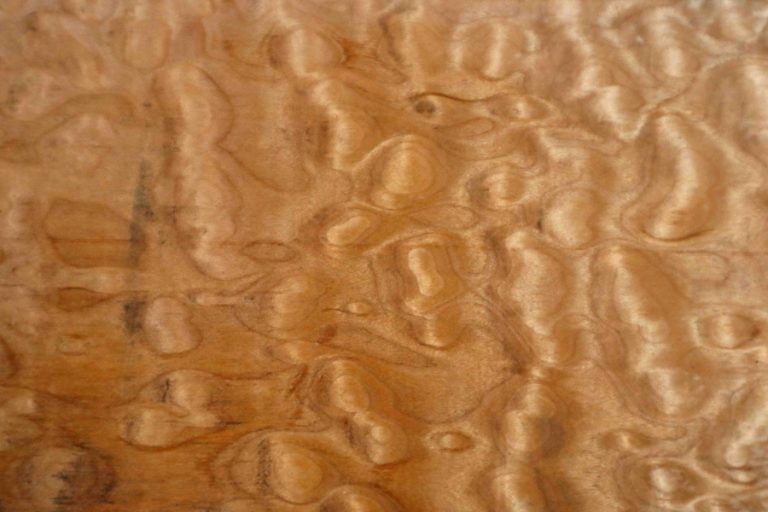
boxmaking, cabinetry, furniture, interior panelling, knife handles, lutherie, musical Instruments
Detail
Common Uses
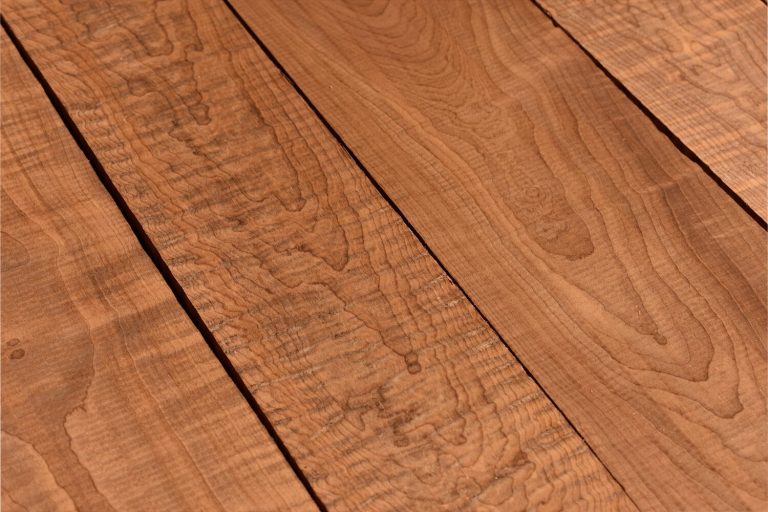
fine furniture, flooring, interior panelling, lutherie, musical Instruments, specialty items
Detail
Common Uses
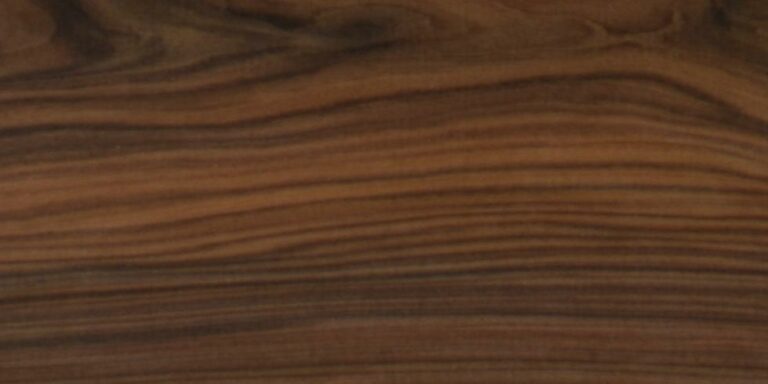
cabinetry, flooring, furniture, lutherie, musical Instruments, specialty items, turnings, veneer
Detail
Common Uses
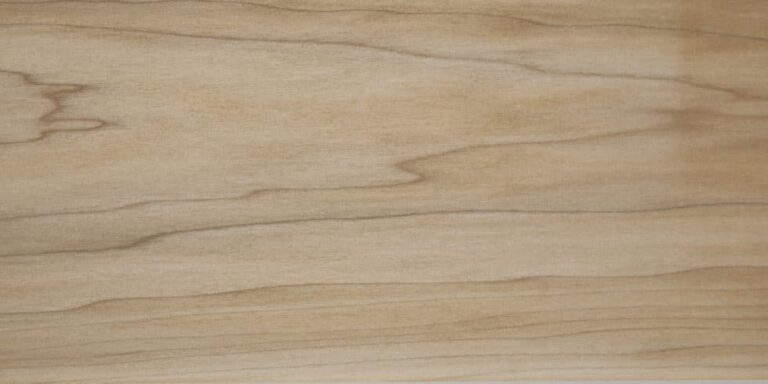
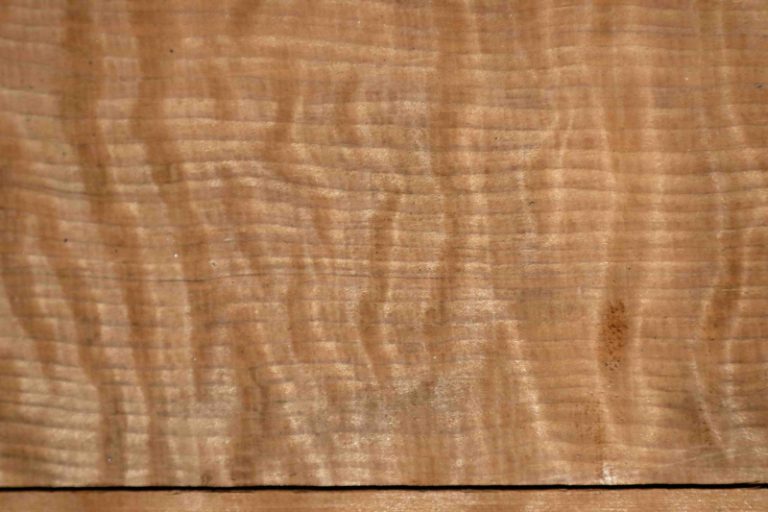
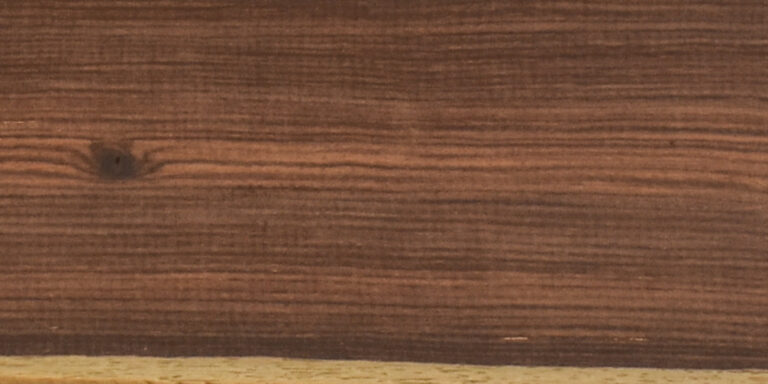
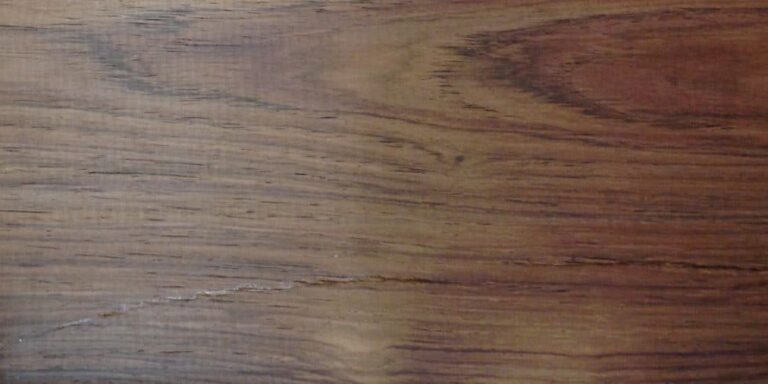
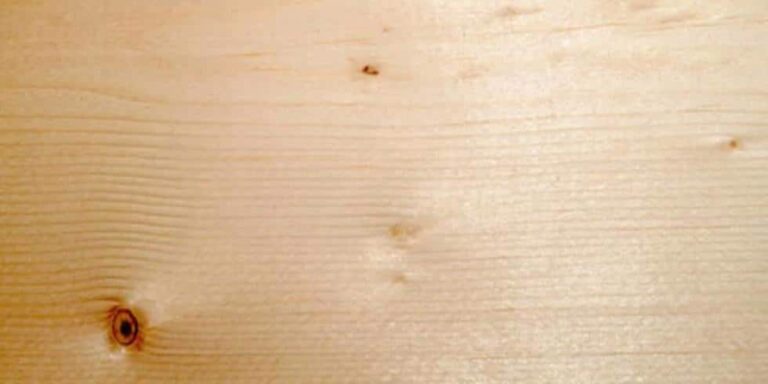
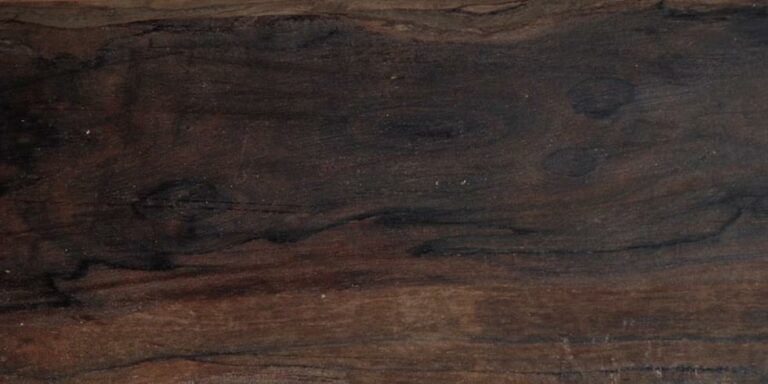
cabinetry, flooring, furniture, gun stocks, joinery, lutherie, musical Instruments, specialty items, trim, turnings, veneer
